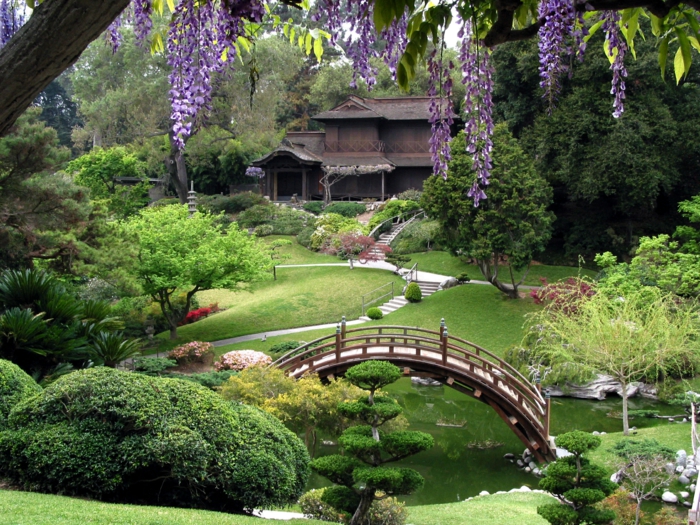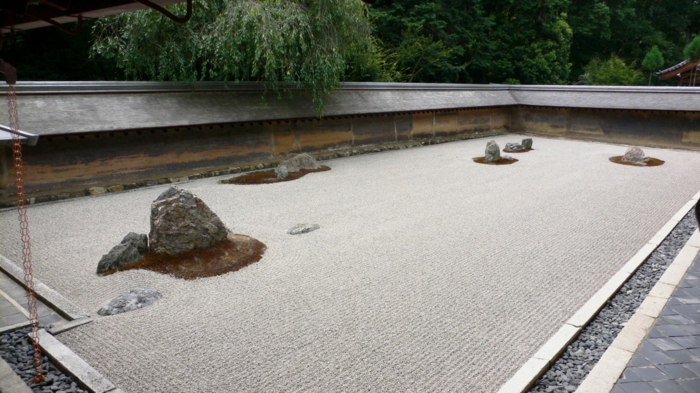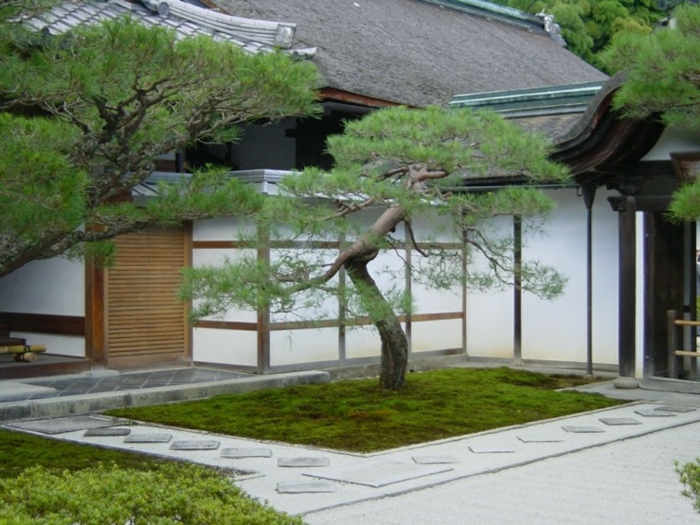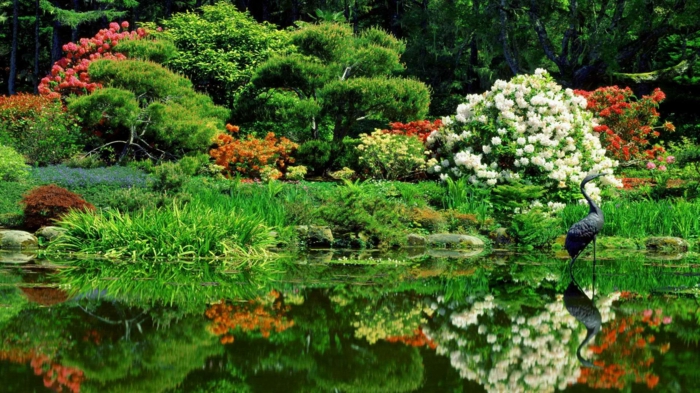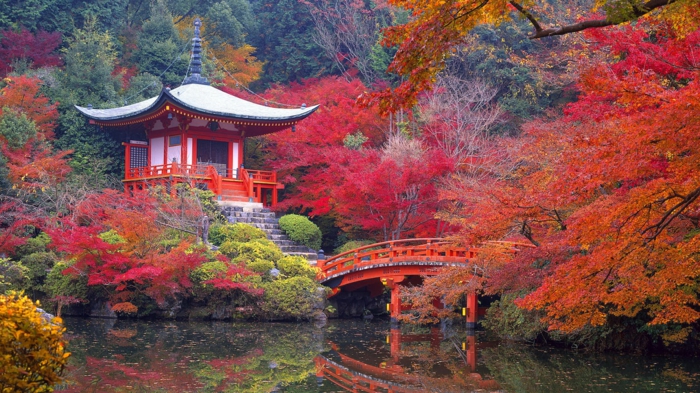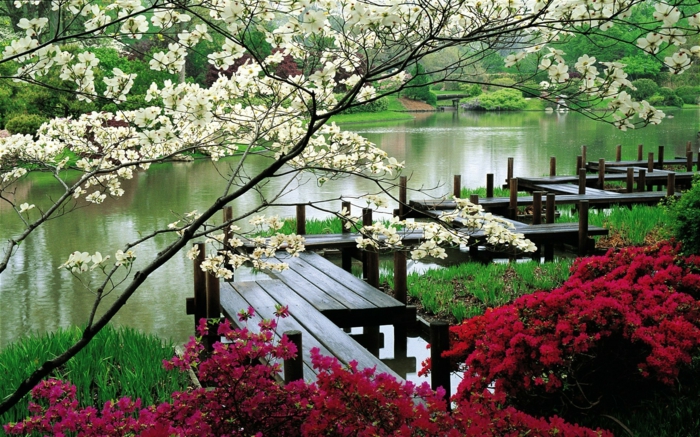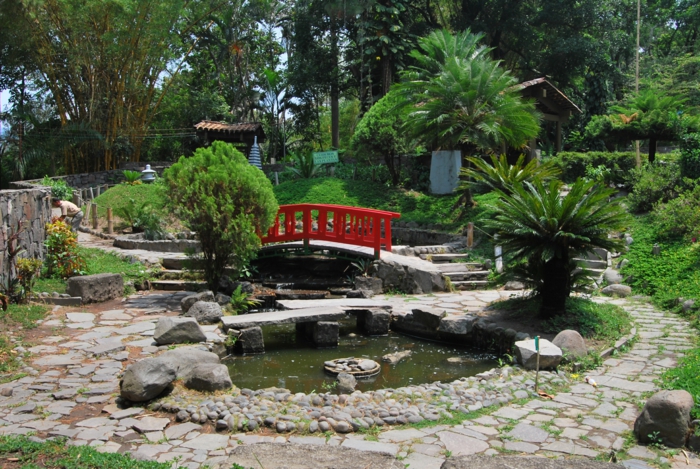Creating a Japanese Garden – practical tips and tricks
The design of a garden with Far Eastern Zen flair
More and more you can also discover elements of the Japanese garden in the usual garden design. You take on some elements, whole constructions or just the idea for the symbolic representation of Mother Nature and her Elements on a relatively small area.
Actually, many people have integrated these elements in their outdoor area, but they do not have enough information about their meaning. The reason for this is that some components of the Japanese garden are now very popular. So you take it over without really being aware of it.
Would you like to know what a garden that works according to the usual rules looks like? We try that simple, but enough detail in the next lines to describe.
Short definition of the Japanese garden
You may be surprised how short the description of the Japanese garden can be. It is a place where rocks and water complement each other perfectly. They harmonize well with each other and are still pepped up by great green plants.
Even a very small garden with some gravel or water can be transformed into a Japanese garden. There are even decorative variants that you can set up at home.
The traditional red bridge is always recommended for a Japanese garden
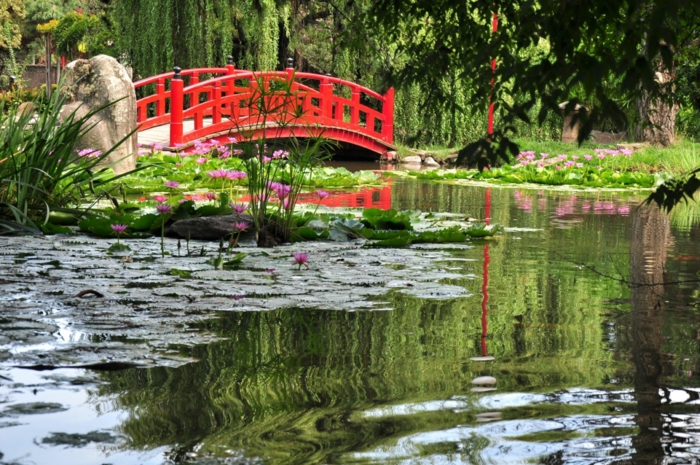
Old elements
According to the Japanese tradition, everything that is old is very valuable. Stones and wooden elements, which have been lying around at this point for some time, are valuable components of the garden design of the Japanese garden.
plants
Often, exotic plants are associated with the Japanese garden.
Bamboo is a typical example because it is a classic element in the Japanese garden. However, this is not necessarily necessary with regard to our philosophy of life. You can also use native plants. Your design must make the landscape more interesting and emphasize its natural beauty.
Far Eastern vegetation and stone lanterns

A miniature of the natural world
The principle of garden design in the Japanese style is the imitation of nature. You need to be guided by the natural rules that make up natural landscapes. The water stands for lakes, sea, rivers. These can alternatively be imitated by gravel, so pebbles are often used in the Japanese garden. Larger stones and rocks should also represent hills, mountains and other natural elements. Green plants, mainly bushes, stand for forests and other green areas.
Creating a meditative Zen mood through proper garden design
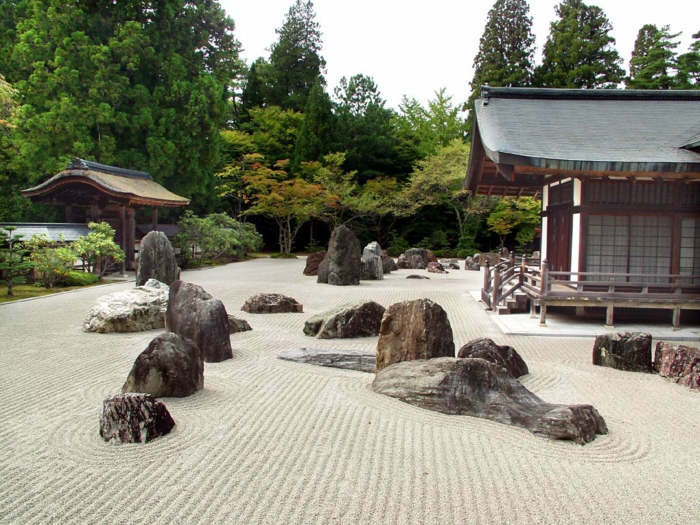
Male and female start
Within the Japanese Garden, the male and female beginning should be represented. Together, according to Eastern philosophy, they represent the beginning of all living things.
How do you achieve the presentation of these elements?
In order to present the male and female beginning in the garden, you must face some important design elements. Emphasize as much as possible the juxtaposition of light and shadow or water and stone.
Clear demarcation
Ultimately, a Japanese garden must be clearly separated. This should be done with a fence. He should preferably have a natural character as well. Suitable for this are e.g. Trees, tall shrubs or stones.
Bamboo fountains and natural stones

Curved lines and circular figures
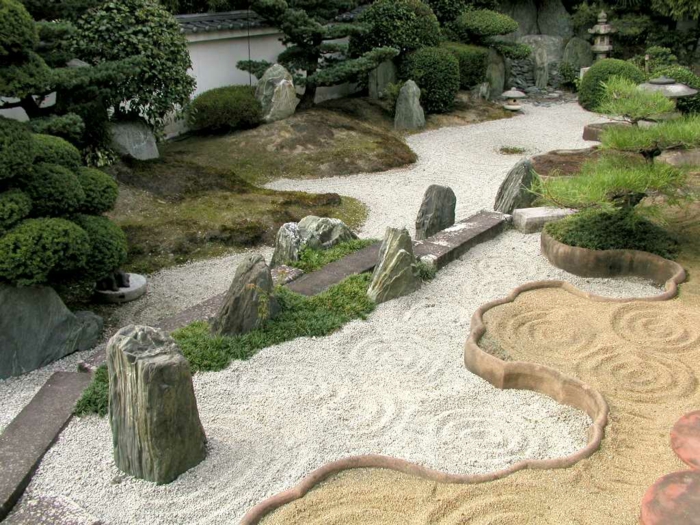
Garden fence made of straw and round boulders for the mini garden
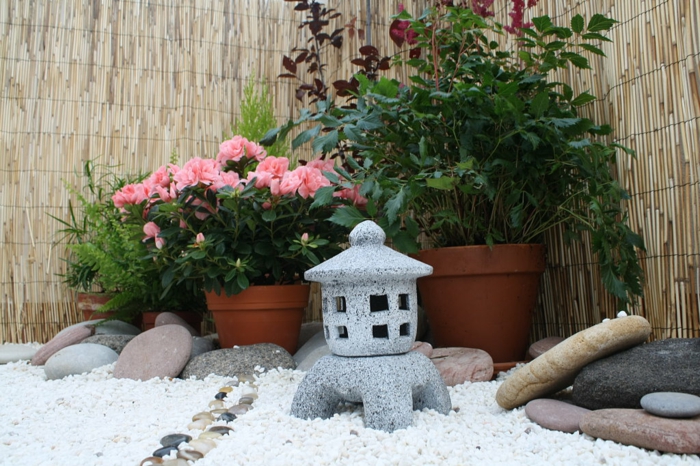
Give your Japanese garden a more authentic look
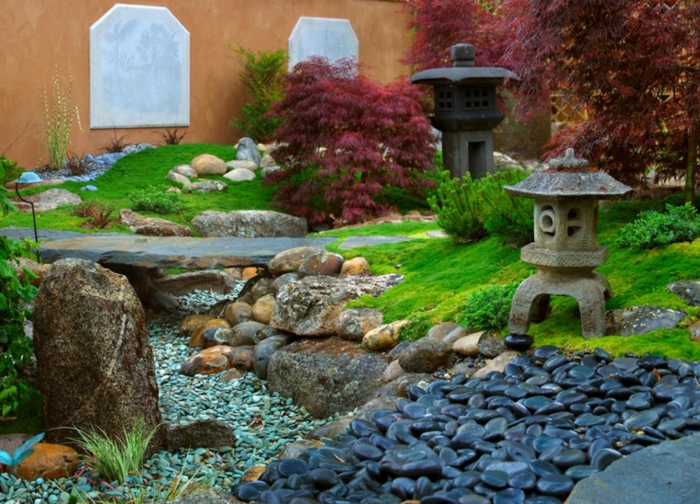
Small courtyards are also suitable for a delightful Japanese garden
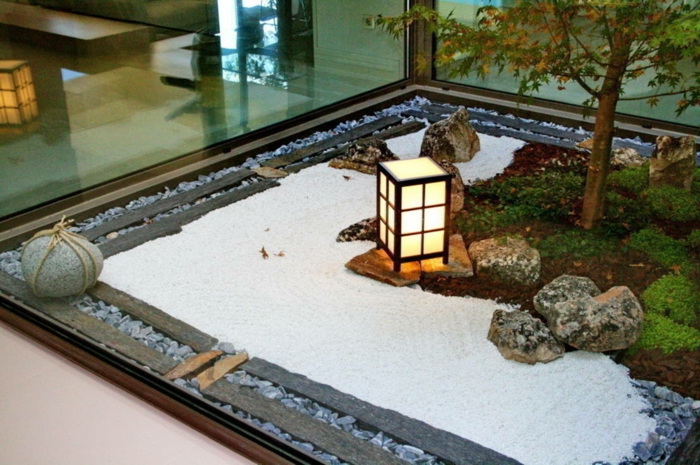
Find your own very special Buddha statue!

From bamboo trunks can be built very effective garden fences
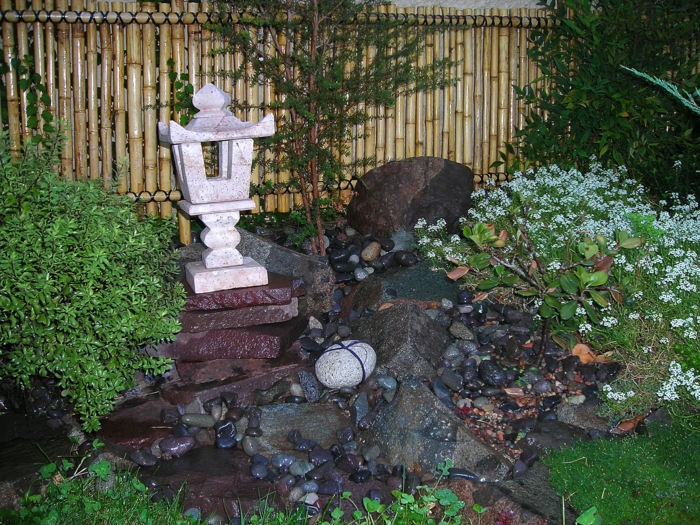
And some beautiful Japanese gardens as inspiration:

